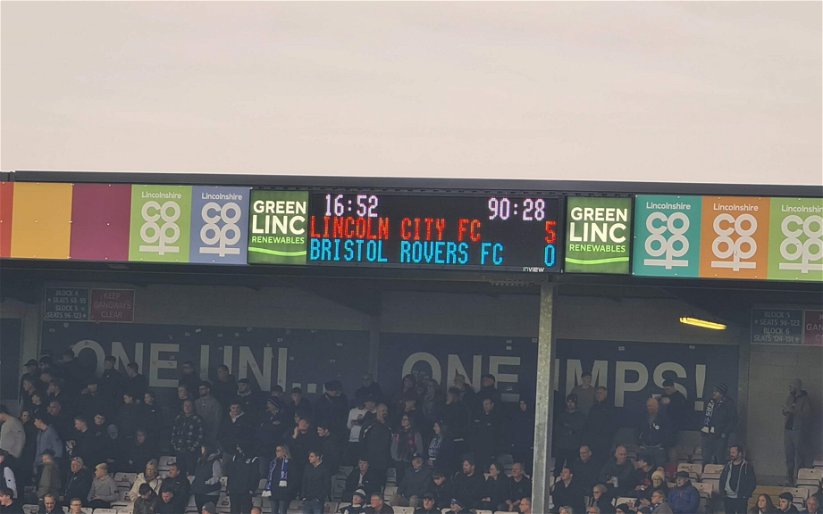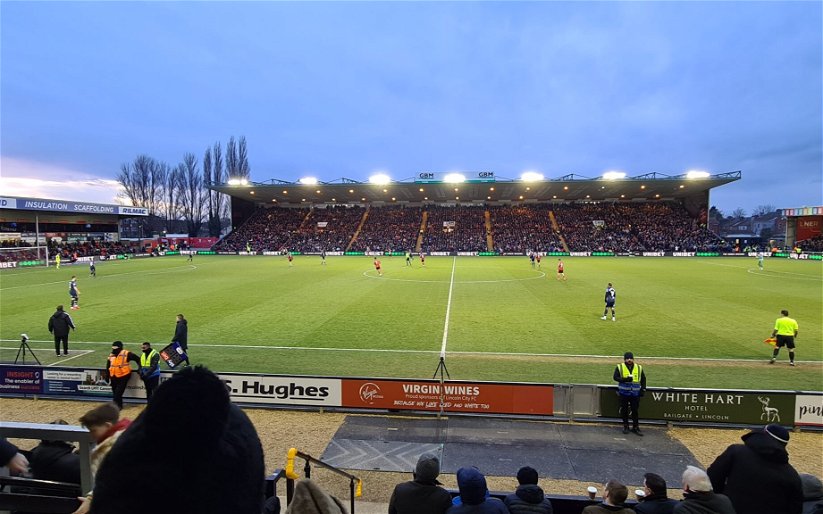Who did our members consider to be October’s star players?
There is a legend persisting to this day that Jack Kerouac wrote On the Road during a drug-fuelled three-week writing binge in 1951. He famously typed it on a single roll of tracing paper, created by sticking single sheets together with tape in order to avoid wasting time loading and reloading his typewriter. The manuscript still exists, and currently resides in the Lilly Library at Indiana University, Bloomington.
Like most popular myths, it isn’t true. Kerouac himself cultivated the myth that it had taken him twenty days to write, but what he had actually done was type the final version of the manuscript in twenty days. That is a different thing entirely. He claimed to have typed at a hundred words a minute, which is incredible – try it yourself and see how you get on – and there were no word processors or cut and paste facilities in those days. That is an achievement in itself. But he most certainly did not write it in that time.
There is another problem. Kerouac wanted to be known for his ability to write spontaneous prose, which is why he propounded the twenty days story. The manuscript itself contains no paragraphs or grammatical structure that we would recognise, which was done deliberately to encourage the illusion of spontaneity. In reality he was absolutely dedicated to his craft and was obsessive about writing and rewriting his work. On the Road was not the first book he had tried to write, and he was acutely aware of the standards required to make a success of being a bona fide writer. His first novel The Town and the City had been published in 1950 and had disappeared without trace. He was determined that his next one would not suffer the same fate.
So Kerouac claimed to have written his biggest seller in twenty days whilst being perfectly aware it was both highly undesirable and virtually impossible to do so. In reality, the genesis of the book took around ten years from conception to publication. He had been making notes in preparation for On the Road since 1947 when he commenced his travels around the United States that formed the basis of the story. There is at least one earlier manuscript in existence, and the book was rejected by a number of literary agents and publishers long before he sat down to type that twenty-day version.
Furthermore, it was far from the final version anyway. Despite the revision, its sexually-charged content and frequent references to drug use led to many more rejections, and it was only published in 1957 after half a dozen more rewrites. The final draft was then edited heavily prior to publication and changes made to make it more palatable and less likely to attract law suits by the bucketload.
What it has done by the bucketload is sell. Even today it sells an estimated 130,000 copies a year due in large part to its acceptance as a modern classic and subsequent use as a study text in colleges and universities.
The lesson is clear. If something is worth doing, it is worth doing right. Rome wasn’t built in a day.
The last month drew criticism from some City fans regarding performances on the pitch and the perceived lack of progress with the new training ground. There was even criticism of the appointment of a football secretary from one or two.
All of these criticisms are patently ridiculous, and here is why.
Twelve months ago, City were second in the National League, having conceded fourteen goals in their first sixteen league games. They had lost four times.
Twelve months on, City are ninth in League Two, having conceded fourteen goals in their first sixteen league games. They have lost four times.
If you are the kind of person who finds that degree of progress unacceptable, you really need to go find something else to do on a Saturday afternoon. And I am guessing you probably will, should City fail you abysmally by not winning the League Two championship in May.
As for the training ground, there were some very revealing comments from Clive Nates during his latest visit to our shores last month. Apparently we are considering a temporary site prior to creating a permanent facility adjacent to the new stadium. That makes perfect sense to most. It demonstrates a coordinated vision and a determination to use the FA Cup windfall logically and prudently. However, even that drew moans from a few. It would appear that City should not be planning ahead, then. They should be building this training ground immediately, and sod the future. I tell you what, why don’t we blow the whole £2.5 million on a field, right now?
The facilities and infrastructure necessary for Football League survival are way beyond what the club had in place at the end of April. The club is in a very different world now and it is imperative it plans correctly to meet the challenges it presents. Failure to do so will dump us straight back into non-league football. Liam Scully has been worth his weight in gold since his arrival as CEO, and I have no doubt that Richard Parnell will be just as effective in his new role as Head of Legal and Football Administration. They are people of the right calibre. It is impossible to make the right decisions if you do not have the right people to make them.
Developments off the field must keep pace with developments on it, and that may be frustrating at times. City are already looking capable of a promotion challenge at the first attempt in spite of the small-minded whining from the moron element. It is vital the infrastructure is strengthened to match, but it is more vital that we get it right. Opportunity knocks for the club from central Lincolnshire, and it may never be in this position again. It has the opportunity to turn itself from a meandering non-league club into a solid medium-sized Football League club capable of holding its own at Championship level. But those things will only happen if the club makes the correct decisions, and that may mean being patient for a time.
Like Jack Kerouac, we cannot do this in twenty days.
Who did our members consider to be October’s star players?
Player of the Month statistically is HARRY ANDERSON, who has been very much missed since picking up an injury early in the month. Further to being joint-top scorer, the recent dearth of goals and chances created since he disappeared cannot be coincidental. Danny keeps us on tenterhooks every Thursday by claiming he is close to a return, but he has been saying that since the Cambridge game. The sooner he returns, the better. Put a decent striker in the side with him, and the second half of the season could be very interesting.
Second place goes to NEAL EARDLEY, who has triggered a contract extension beyond his original expiry date of January. The news has been greeted by universal approval. Danny Cowley said he wanted to find a replacement for the departed Lee Beevers, a defender capable of playing in either full back position. Bulls-eye, Mr Cowley. With Anderson missing the majority of October, it would be fair to say Eardley is more correctly the player of the month.
Third place goes to JOSH VICKERS, who has made the number one spot his own since taking over from Paul Farman towards the end of September. Vickers has conceded just three goals in his seven league appearances, one of which was a penalty. We’ll gloss over the sclaff at Cheltenham.
The average team score per game of 6.29 is down significantly compared to the September score of 6.58, which in turn was down on the August average of 6.88. We are losing 0.30 of a mark each month, suggesting we may be down to the par score of 6.0 at the end of November.
1. Harry Anderson 7.50
2. Neal Eardley 7.21
3. Josh Vickers 6.95
4. Sean Long 6.92
5. Alex Woodyard 6.83
6. Rob Dickie 6.74
7. Michael Bostwick 6.64
8. Luke Waterfall 6.61
9. Paul Farman 6.60
10. Sean Raggett 6.32
11. Matt Rhead 6.25
12. Elliott Whitehouse 6.22
13. Sam Habergham 6.20
14. Ollie Palmer 6.102
15. Cameron Stewart 6.100
16. Nathan Arnold 5.90
17. Ellis Chapman 5.70
18. Billy Knott 5.50
19. Matt Green 5.46
20. Jordan Maguire-Drew 5.41
21. Josh Ginnelly 5.32
Individual ratings by match:
Chesterfield: Alex Woodyard 7.94
Cambridge: Neal Eardley 7.53
Swindon: Sean Raggett 8.12
Cheltenham: Neal Eardley 7.66
Everton U21: Jordan Maguire-Drew 7.00
Crawley: Josh Vickers 7.13
So where does that leave us regarding the current player of the season standings?
1. Alex Woodyard 7.24
2. Sean Raggett 7.22
3. Luke Waterfall 7.12
Home player of the season:
1. Alex Woodyard 7.281
2. Luke Waterfall 7.280
3. Sean Raggett 7.10
Away player of the season:
1. Sean Raggett 7.44
2. Alex Woodyard 7.17
3. Michael Bostwick 6.93
August Player Ratings: Why Sean Raggett Is In Serious Danger
September Player Ratings: Lincoln City Is The Perfect Antidote To The Dacia Duster
Average Player Ratings v Chesterfield (h)
Average Player Ratings v Cambridge United (h)
Average Player Ratings v Swindon Town (a)
Average Player Ratings v Cheltenham Town (a)
Average Player Ratings v Everton U21s (h)
Average Player Ratings v Crawley Town (h)
Thank you to Graham Burrell and Lincoln City FC for the photograph.
October Player Ratings: What @LincolnCity_FC Can Learn From Jack Kerouac:https://t.co/79EzghocPW#Imps #TeamLincoln #EFL
— Vital Lincoln City (@VitalLincoln) 9 November 2017



